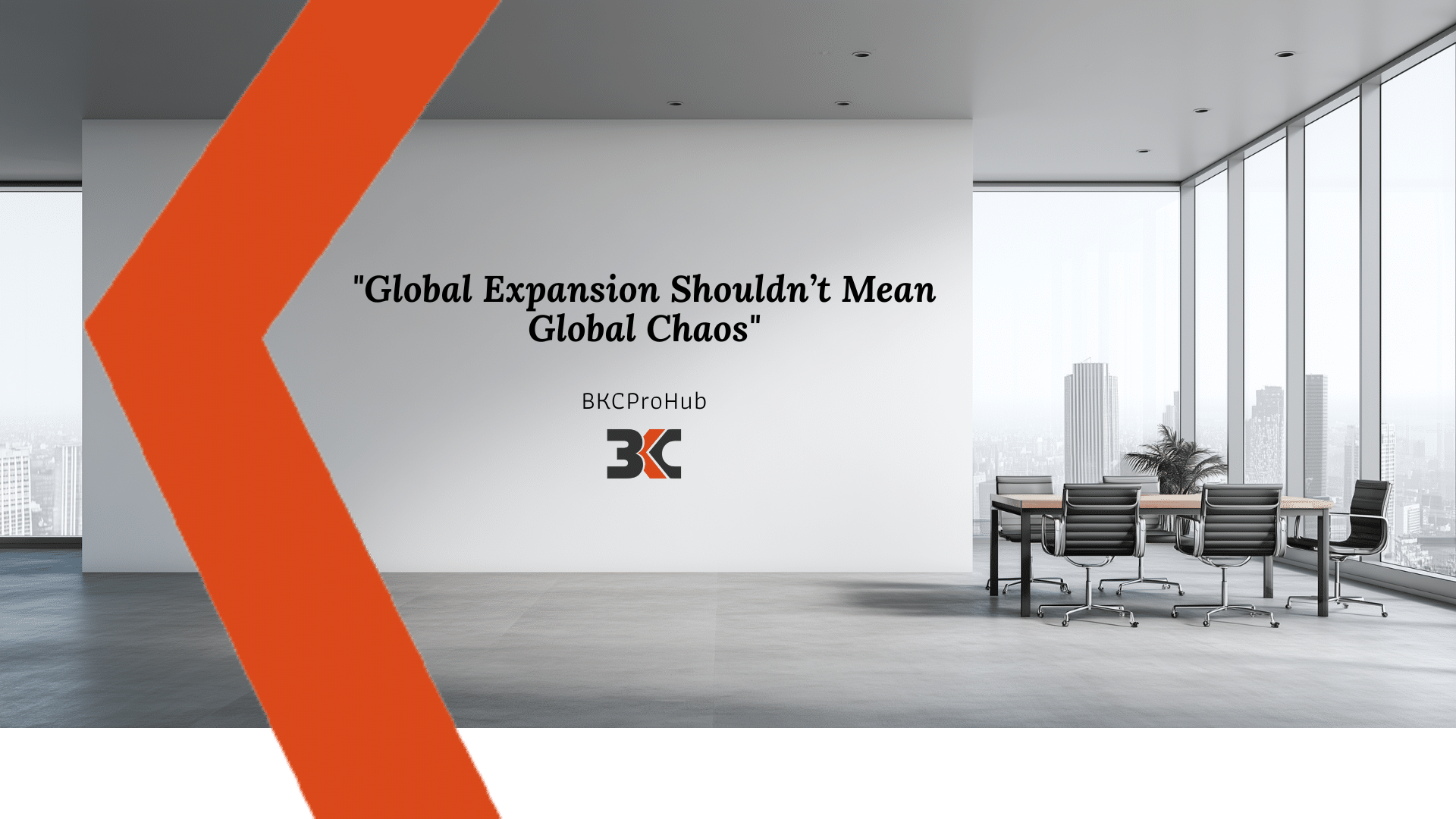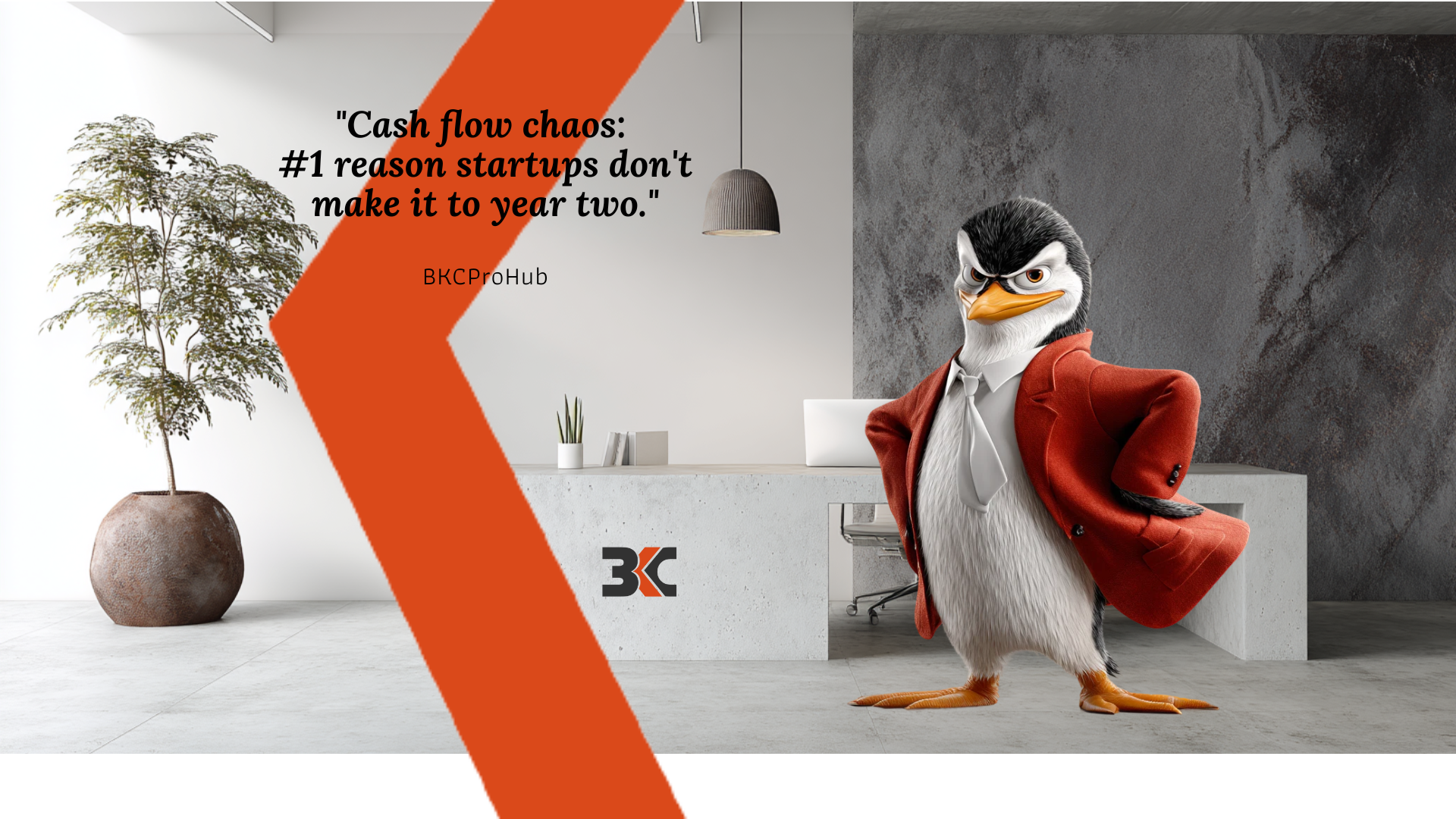Introduction:
Accounts receivable – IFRS 16 has removed the classification concept between operating and finance leases in the lessee’s books. Rather, now a single model approach exists whereby all lessee leases post-adoption of IFRS 16 are reported as finance leases.
These leases are capitalized and presented on the balance sheet as both assets (RoU assets) and liabilities. The accounting treatment for finance leases under IFRS 16 results in the recognition of both depreciation & interest expense.
Definition of Lease per IFRS 16:
A lease is defined as a contract granting an entity the right to utilize a specific asset for a prescribed period of time in exchange for agreed-upon consideration. Control is conveyed where the lessee has the right to direct the identified asset’s use and to substantially obtain all the economic benefits from that use.
Separating components of a contract:
Sometimes, a contract may have a lease component and an additional lease and non-lease component. For eg: A lease contract of a machine may also have clauses related to maintenance service.
lessees shall allocate the consideration payable on the basis of the relative stand-alone prices, which shall be estimated if observable prices are not readily available.
As a practical expedient, a lessee may elect, by class of underlying asset, not to separate non-lease components from lease components and instead account for all components as a lease.
However, the lessor needs to account for income in his books in accordance with IFRS 15 i.e. “Revenue from Contracts with Customers.”
Accounting by lessees:
Upon lease commencement, a lessee recognizes a right-of-use asset and a lease liability.
The right-of-use asset (RoU) is initially measured at the amount of the lease liability plus any initial direct costs incurred by the lessee. Under the cost model, a right-of-use asset is measured at cost less accumulated depreciation and accumulated impairment.
The lease liability is initially measured at the present value of the lease payments payable over the lease term, discounted at the rate implicit in the lease if that can be readily determined. If that rate cannot be readily determined, the lessee shall use their incremental borrowing rate.
Variable lease payments that depend on an index or a rate are included in the initial measurement of the lease liability and are initially measured using the index or rate as at the commencement date. Amounts expected to be payable by the lessee under residual value guarantees are also included.
The lease liability is subsequently remeasured to reflect changes in:
1. the lease term (Say the lease term changed from 8 years to 6 years)
2. the assessment of a purchase option
3. the amounts expected to be payable under residual value guarantees
4. future lease payments resulting from a change in an index, or a rate used to determine those payments
The re measurements are treated as adjustments to the right-of-use asset.
Exemptions :
IFRS 16 permits exemption in the following 2 cases :
A) Leases with a lease term of 12 months or less with no purchase option
B) Leases where the underlying asset has a low value when new (Value depends on whether it is material to the company)
Accounting by lessors:
Lessors shall classify each lease as an operating lease or a finance lease as they used to do erstwhile under IAS 17.
A) A finance lease is a lease that transfers substantially all the risks and rewards incidental to ownership of an underlying asset.
B) An operating lease is a lease other than a finance lease.
IFRS 16 outlines examples of situations that would normally lead to a lease being classified as a finance lease (Almost similar to IAS 17):
1. The lease transfers ownership of the asset to the lessee by the end of the lease term.
2. The lessee has the option to purchase the asset at a price that is expected to be sufficiently lower than the fair value at the date of the option excitability. It is reasonably certain, at the inception of the lease, that the option will be exercised.
3. The lease term covers the majority part of the economic life of the asset even if the title is not transferred.
4. At the inception of the lease the present value of the lease payments amounts to at least substantially all of the fair value of the leased asset.
5. The leased assets are of such a specialized nature that only the lessee can use them without major modifications.
Initial recognition by lessor:
At the commencement of the lease term, the lessor should recognize the Accounts receivable in his statement of financial position. The amount receivable should be equal to the net investment in the lease.
Net investment in the lease equals the payments not paid at the commencement date discounted to present value (the same as described in the lessee’s accounting) plus the initial direct costs.
The lessor should record the following JVs in his books :
Finance income shall be recognized based on a pattern reflecting the constant periodic rate of return on the lessor’s net investment in the lease.
Disclosure :
The objective of IFRS 16 disclosures is for information to be provided in the notes that, together with information provided in the statement of financial position, statement of profit & loss, and the statement of cash flows, gives a basis for users to assess the effect that leases have.







